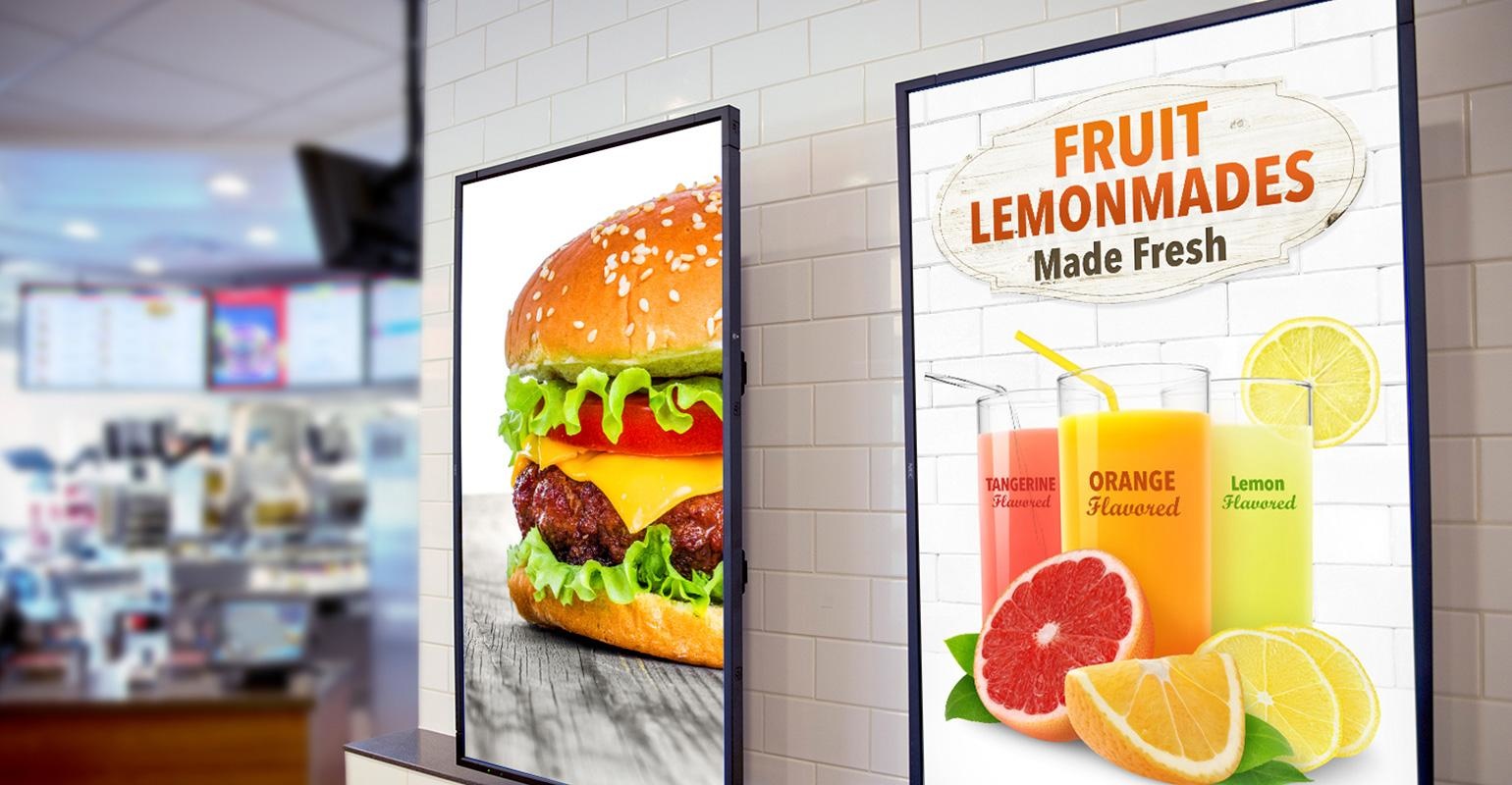Interactive Displays: Revolutionizing Engagement through Technology
Explore how interactive displays are transforming engagement in business, education, and more through innovative technology.
Author
EZ-AD TVInteractive Displays: Revolutionizing Engagement through Technology
Introduction
Interactive displays have transformed the landscape of digital communication and advertising, offering a more engaging approach compared to traditional static signage. These dynamic systems captivate audiences through direct interaction, responding to their input with touch, gestures, and even voice.
This evolution marks a significant shift in how businesses and organizations connect with their audiences, making every interaction an opportunity for engagement.
The Technology Behind Interactive Displays
Interactive displays are powered by advanced technologies including capacitive touchscreens, infrared sensors, and sophisticated software that processes user interactions.
This technology enables displays to detect touch points and gestures, allowing users to interact with content through intuitive actions similar to using a smartphone or tablet. The integration of real-time data processing enhances the responsiveness of these displays, delivering a seamless and immersive user experience.
Benefits of Interactive Displays
The primary advantage of interactive displays lies in their ability to significantly increase user engagement. Unlike passive screens, interactive displays invite users to interact, leading to longer engagement times and a deeper connection with the content.
For businesses, this means improved customer satisfaction and increased likelihood of message retention. Furthermore, these systems offer valuable data on user interactions, providing insights into preferences and behaviors that can inform future content and marketing strategies.
Applications of Interactive Displays
Interactive displays are versatile tools used across various sectors:
Retail: Stores use interactive displays to provide product information, show reviews, and even let customers place orders.
Education: Schools and universities employ these displays to create interactive learning environments, enhancing collaboration and participation among students.
Transportation: Airports and train stations implement interactive wayfinding kiosks, helping passengers navigate complex facilities with ease.
Each application demonstrates the adaptability of interactive displays to meet specific user needs and improve the effectiveness of information dissemination.
Designing Content for Interactive Displays
Creating content for interactive displays requires a focus on user interaction and accessibility. Content should be simple yet compelling, encouraging users to explore further.
High-quality visuals and motion graphics can grab attention, while interactive elements like quizzes or polls can sustain engagement. It’s also crucial to ensure that the content is accessible to all users, incorporating features like audio descriptions or adjustable text sizes for those with visual impairments.
Conclusion
Interactive displays represent a significant advancement in digital signage technology, offering unparalleled opportunities for engagement. Businesses looking to capture and maintain the attention of their audiences should consider integrating these dynamic systems into their communication strategies.
Embracing interactive displays is not just about keeping up with technology trends—it's about creating meaningful and lasting connections with your audience.
This article provides a thorough overview of the exciting possibilities presented by interactive displays, encouraging businesses to explore how this technology can enhance their customer interactions and communication efforts.



